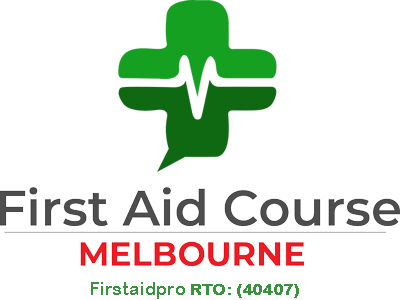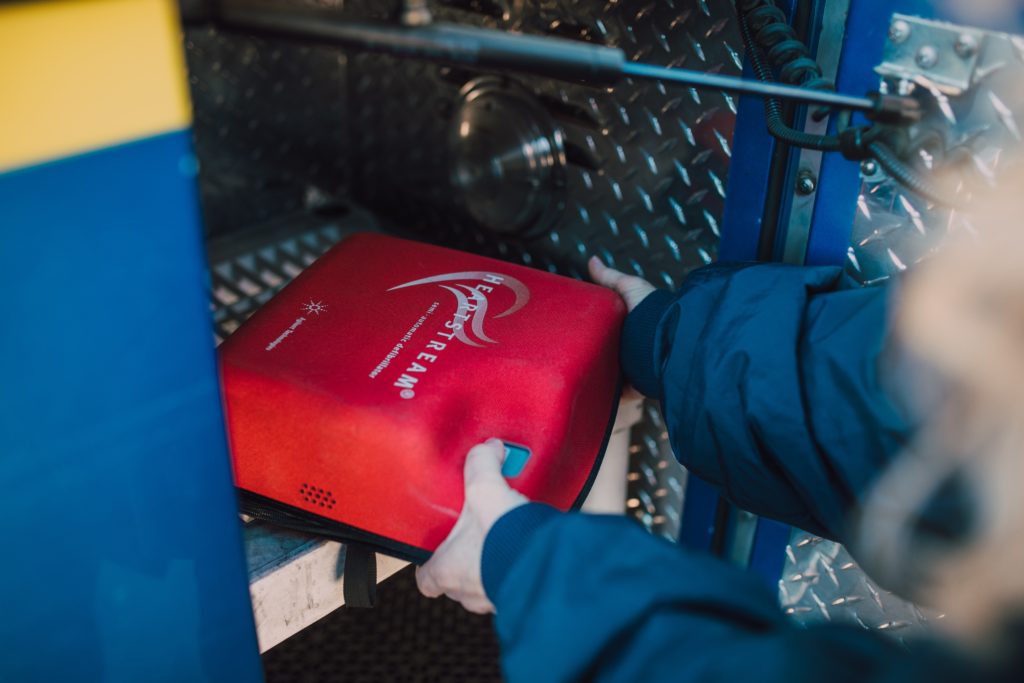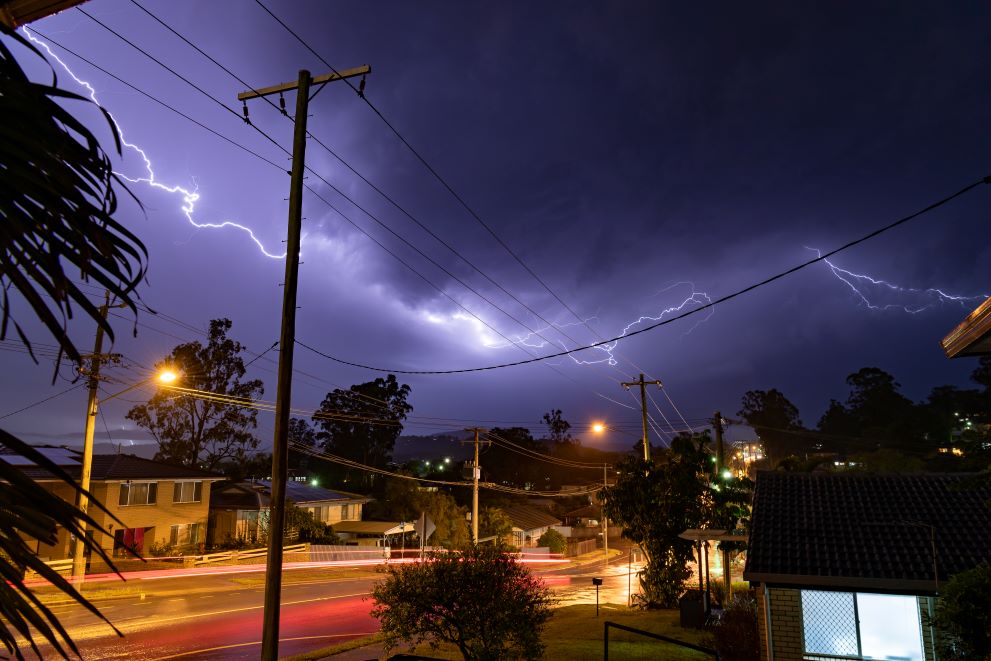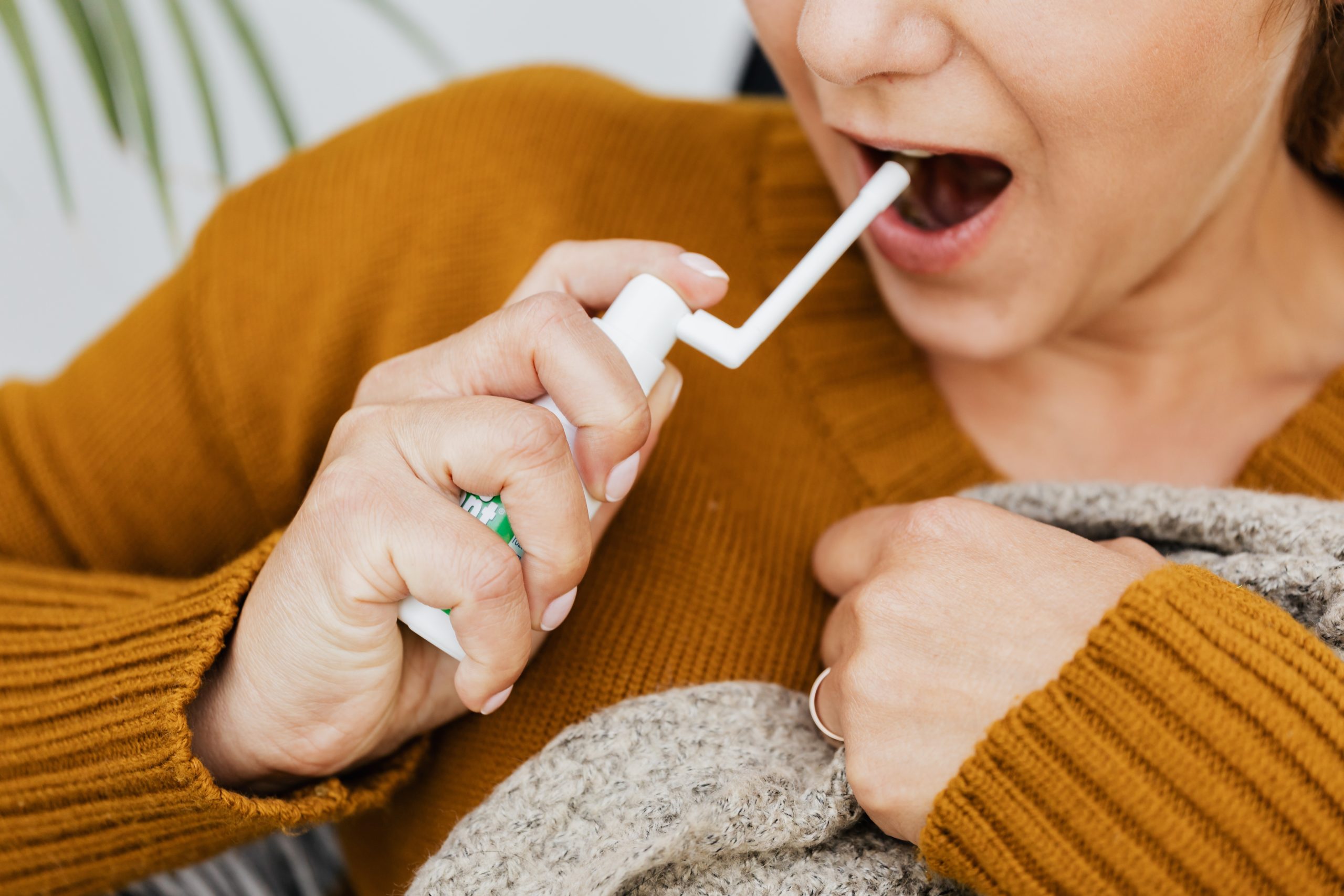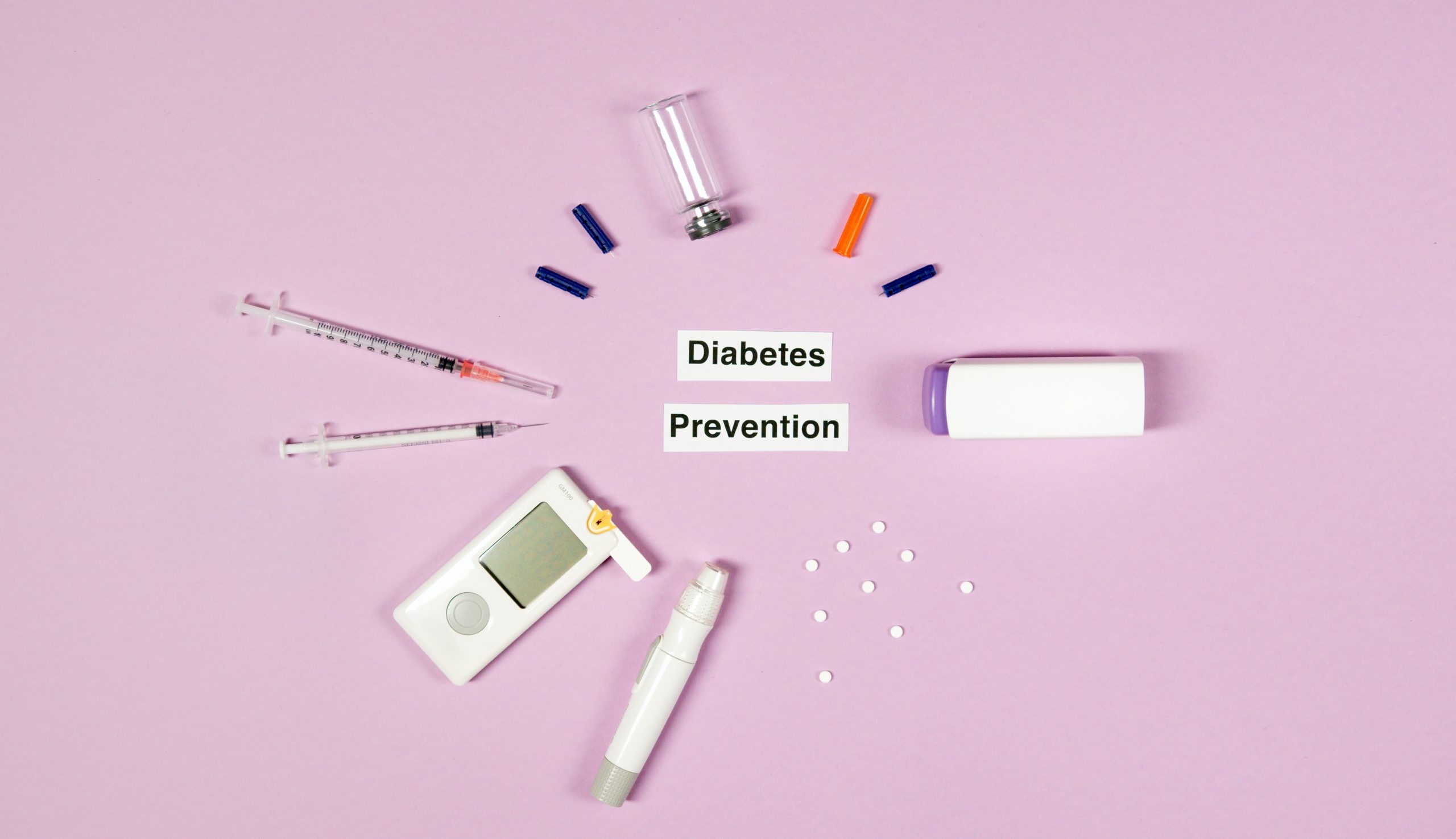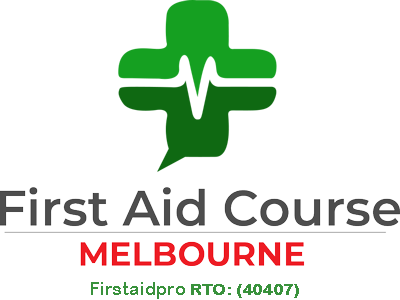The DRSABCD Action Plan is a vital guide used when providing first aid treatment to a person in a life-threatening condition. It is an action plan used extensively by First Aid Pro, St. John Ambulance, Australian Red Cross, and by many schools, universities, sporting clubs, corporate offices, and on-site workplaces in Australia.
DRSABCD is an acronym or mnemonic taught in a standard first aid course to guide you on how to respond in an emergency. The acronym stands for Danger, Respond, Send (for help), Airway, Breathing, CPR, and Defibrillation.
The action plan is extensively taught as part of Provide First Aid course due to the alarming number of drowning and cardiac arrest incidents in Australia. According to estimates, over 30,000 incidents of cardiac arrest occur every year. Every minute of delay in first aid reduces the victim’s chances of survival by 10%.
Receiving proper training, regular practice, and being fully prepared is essential to save lives.
Defibrillator Training for DRSABCD
During the training, we will offer defibrillation training units or commonly known as Automated External Defibrillator (AED). This way, all students of our First Aid course will receive end-to-end training of the DRSABCD program.
All units are in good condition and safe to use, perfect for the hands-on training in the defibrillator section of the DRSABCD action plan. The first aid trainer will hold a demo on how an AED device simulates different heart rhythms. Each student will be given the opportunity to apply AED pads, practise AED use, and perform cardiopulmonary resuscitation (CPR) on a manikin. The clear, instructive voice coming from the device will serve as a guide for the students through the rescue scenario.
Here’s how to use a defibrillator in an emergency.
- After performing a primary survey on the scene, check if the victim is unresponsive and not breathing normally. Ask a bystander to call 000 for emergency help while you start CPR.
- While emergency services are on their way, ask them to find and bring a defibrillator if available.
- Once a defibrillator is available, switch it on and take the pads out. Remove or cut through the victim’s clothing to get through their bare chest. The device will then guide you through the process by giving you visual or voice prompts
- The defibrillator will then analyse the person’s heart’s rhythm. At this point, stop CPR and make sure no one is touching the victim. Follow a series of visual and verbal prompts from the device.
- If the victims show no signs of becoming responsive, such as coughing, eye movements, or signs of breathing, put them in the recovery position. Leave the defibrillator attached and continue to monitor their level of response. Prepare to give CPR again if necessary.
Knowing how to respond using the defibrillator in a DRSABCD way means you can help keep a person breathing, reduce their pain, or help them survive until an ambulance arrives.
For more information on a Provide First Aid Course, call us today.
